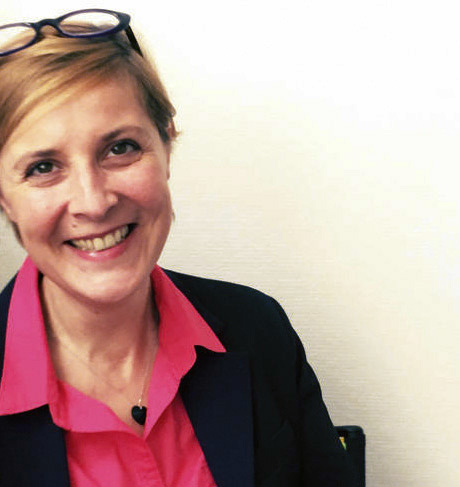Committed to making her collection known to as many people as possible, the Roger-Viollet agency offers a journey through the work of Laure Albin Guillot. Her collection, preserved by the Bibliothèque Historique de la Ville de Paris (BHVP), is exhibi...



